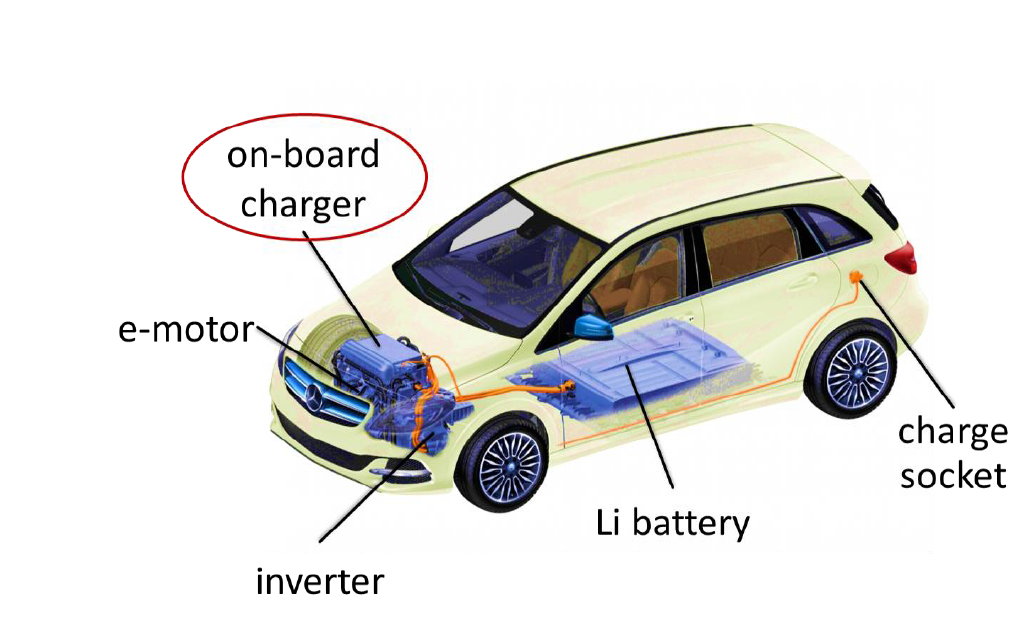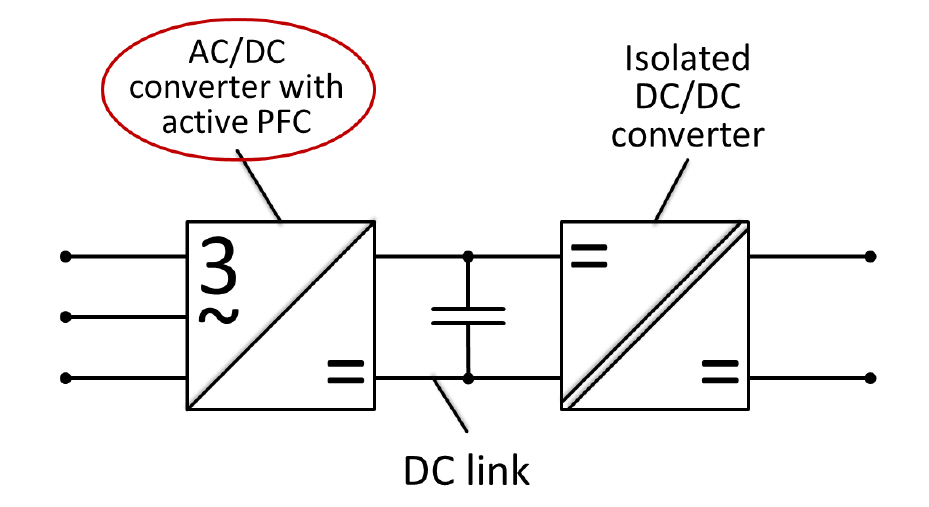 |
FEAAM GmbH |
| Email: | a.greifelt@feaam.de |
| Internet: | http://www.feaam.de/ |
Similar projects |
| CPS with innovative components (SW, HW) projects |
State-of-the-art electrical drives for electric vehicles (EV) run on a high voltage (HV) battery which is in a range of several hundred volts. An alternative approach for use in future EVs is taken into consideration here: The Intelligent Stator Cage Drive (ISCAD) – an extra-low voltage drive for high performance at battery voltages of typical 48 V (LV) which is an electrically self-safe voltage below the critical 60 V DC limit.

The on-board charger, essential device in battery electric vehicle
The novel 60-phase induction machine is made of solid aluminium bars instead of copper windings in the stator and a conventional squirrel cage rotor. The MOSFET-based inverter individually supplies every single stator bar in order to shape an extraordinarily smooth air gap magnetic field. New degrees of freedom in drive control are used to continuously adapt the induction machine’s number of pole pairs to ideally match vehicle demand on torque and speed, thus implementing an electrical gearbox. Simulations of the driving cycle efficiency promise great advantages of ISCAD over a HV reference system in electrical machine, inverter and battery.
A proof-of-principle has already been set up, which comprises a 3D-printed aluminium stator cage and an 18-phase inverter and the concept is assessed feasible.
Beside motor, inverter and battery the charging interface is a further essential component of future battery EVs. Hereby, on-board charging with a power of 11 kW using 3-phase grid is the most important method, e.g. for over-night charging at home. Smart control units and communication capability will be used to also stabilize the grid at power generation peaks or gap with help of EV batteries.
The AC/DC converter with power factor correction (PFC) will be addressed in this EuroCPS project. Together with an isolated DC/DC converter it is designed to provide bidirectional energy transmission at a vehicle battery voltage of 48 V. Special boundary conditions due to the extra-low voltage secondary side are considered as well as the use of cyber-physical systems for smart-grid interaction.

On-board charger schematic
Aim of the system in total is to create the first high performance EV with an increased safety level due to the extra-low battery voltage.